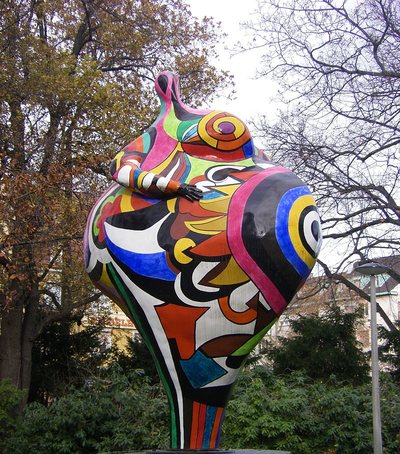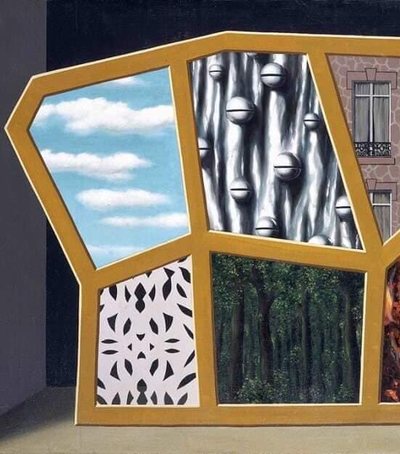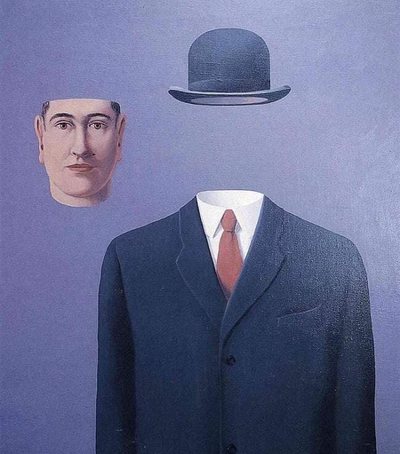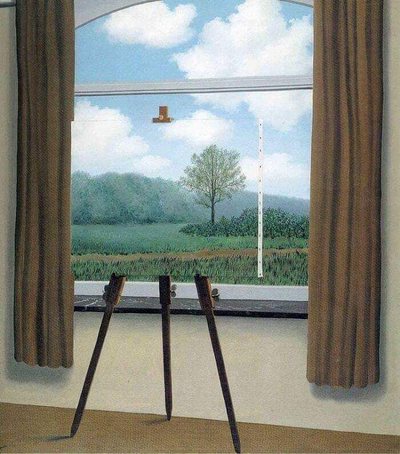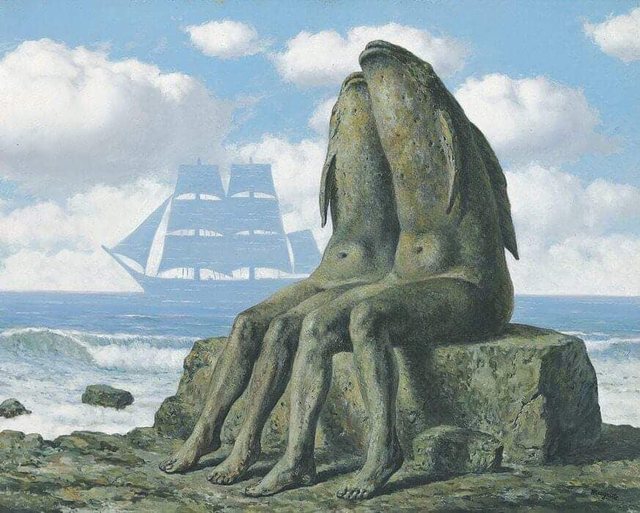
Rene Magritte is among the best-known Surrealists. His visionary work has influenced artists such as Marcel Broodthaers, Robert Gober, and Allan McCollum, as well as the imagery of many popular advertisements and films. The painting “Wonders of Nature” (1953) illustrates Magritte’s full sensibility. Here, he depicts two lovers with fish heads united by a song. The painting betrays his fondness for fellow Surrealist Salvador Dali, yet it presents a scene with more mystery and humor than in Magritte’s more bizarre and sexually provocative works, than his Catalan contemporary.
The traditional mermaid form with a fishtail, a creature with a human torso, is turned upside down in “Wonders of Nature,” making it a fantasy creature, even more unreal. Despite their solidification in stone, the figures appear very lifelike and with mysteriously human qualities. “Wonders of Nature” is an example of Magritte’s use of the theme and the rigid representations of the 1950s. The painting also contains visual elements that first appeared in the painting “The Temptress” (1950), or the figures themselves, found in an earlier incarnation in “The Collective Invention” (1935).
Magritte, like many Surrealists, was familiar with the prose poem Les Chants de Maldoror, by the 19th-century French poet Isidore Ducasse, who worked under the pseudonym Comte de Lautréamont. Among the illustrations Magritte created for a 1948 issue of Lautréamont's work was a depiction of a fish with human legs sitting on a rock by the sea with a small boat beneath the waves in the distance. This association may account for the confusion over the painting's title, once listed as "The Lovers" at the 1964 exhibition in Little Rock, Arkansas, and for a long time it was known as "The Song of Love". Magritte had informed Joseph and Jory Shapiro, the original owners of the work, that the title was "Le Chant d'amour". However, when asked by his friend Harry Torezyner at the time at his MoMA retrospective in 1965, Magritte said he did not remember the title. A recent catalogue raisonné found that the title and date of Magritte's painting were above a mermaid-themed exhibition and a solo exhibition at La Siréne in Brussels in 1953, thus identifying the only work not counted from this period, "Wonders of Nature" (Merveilles de la nature).

